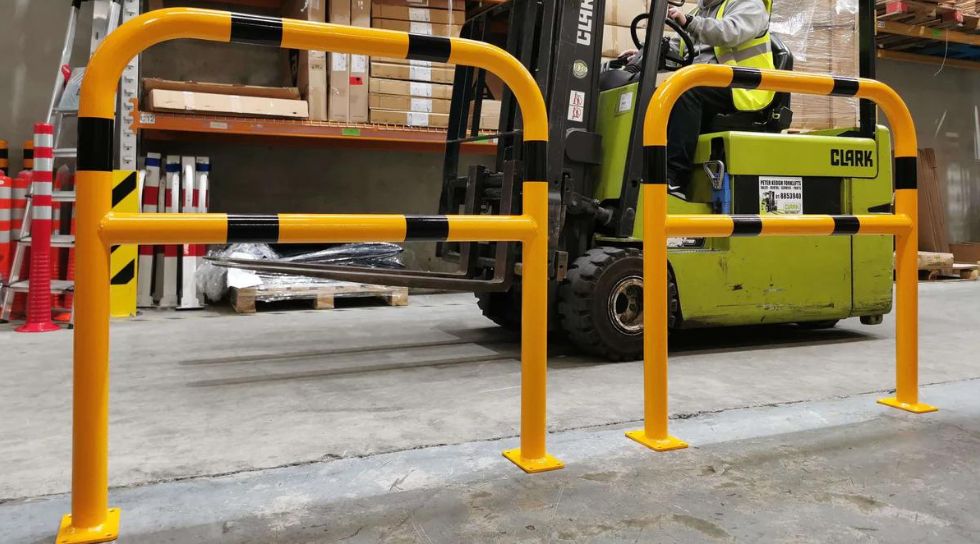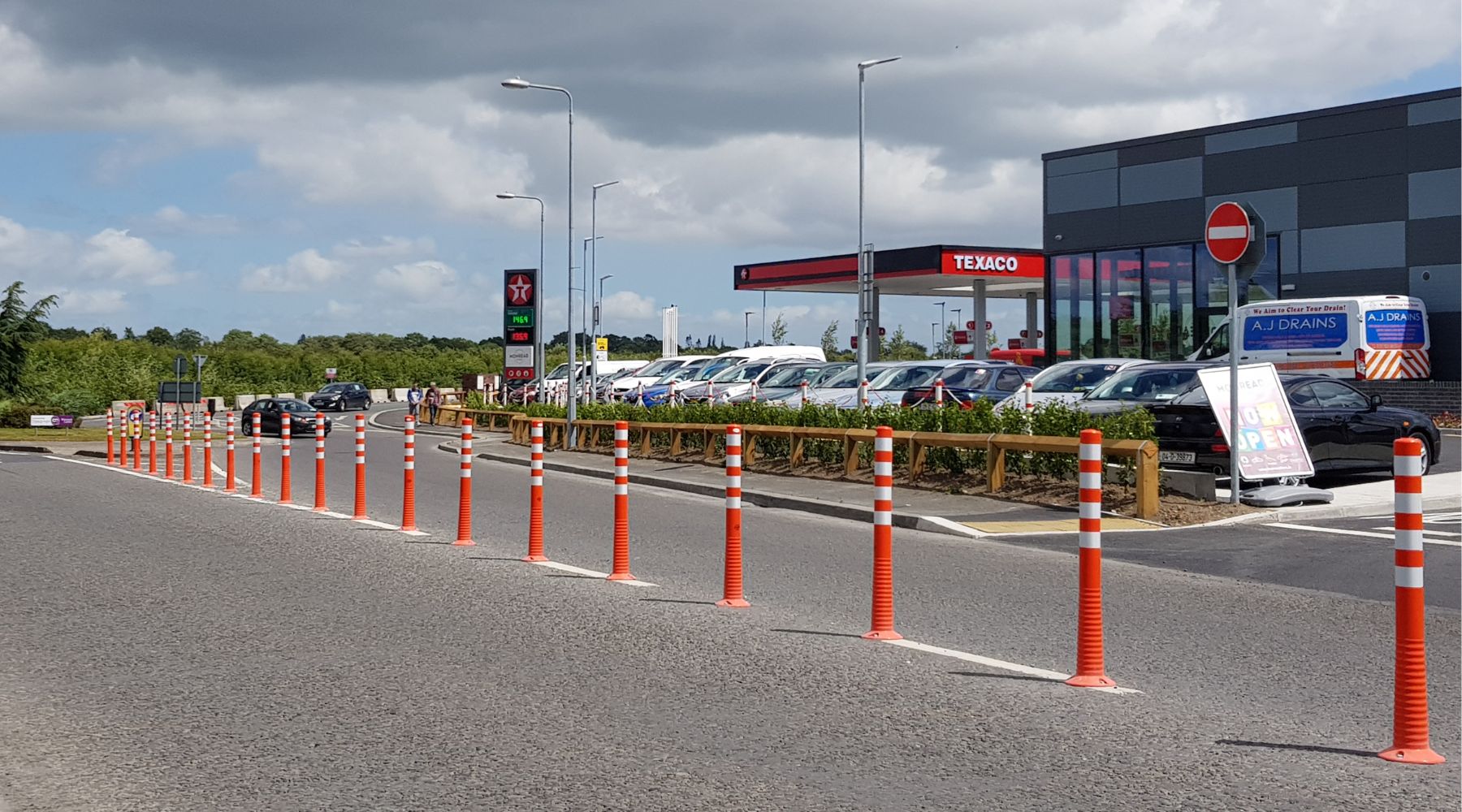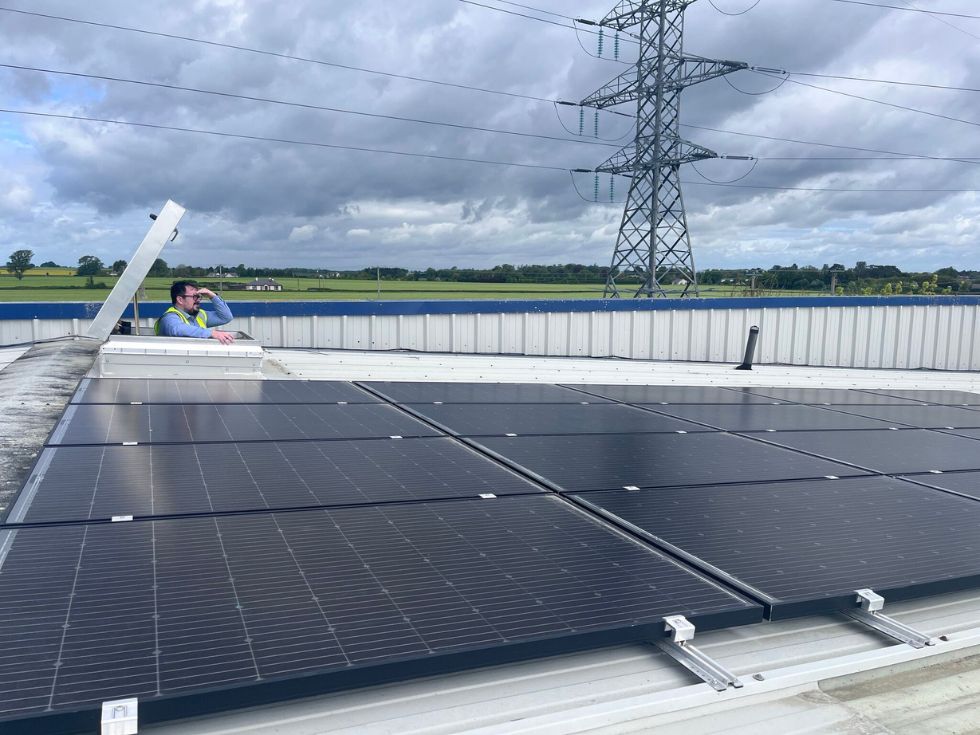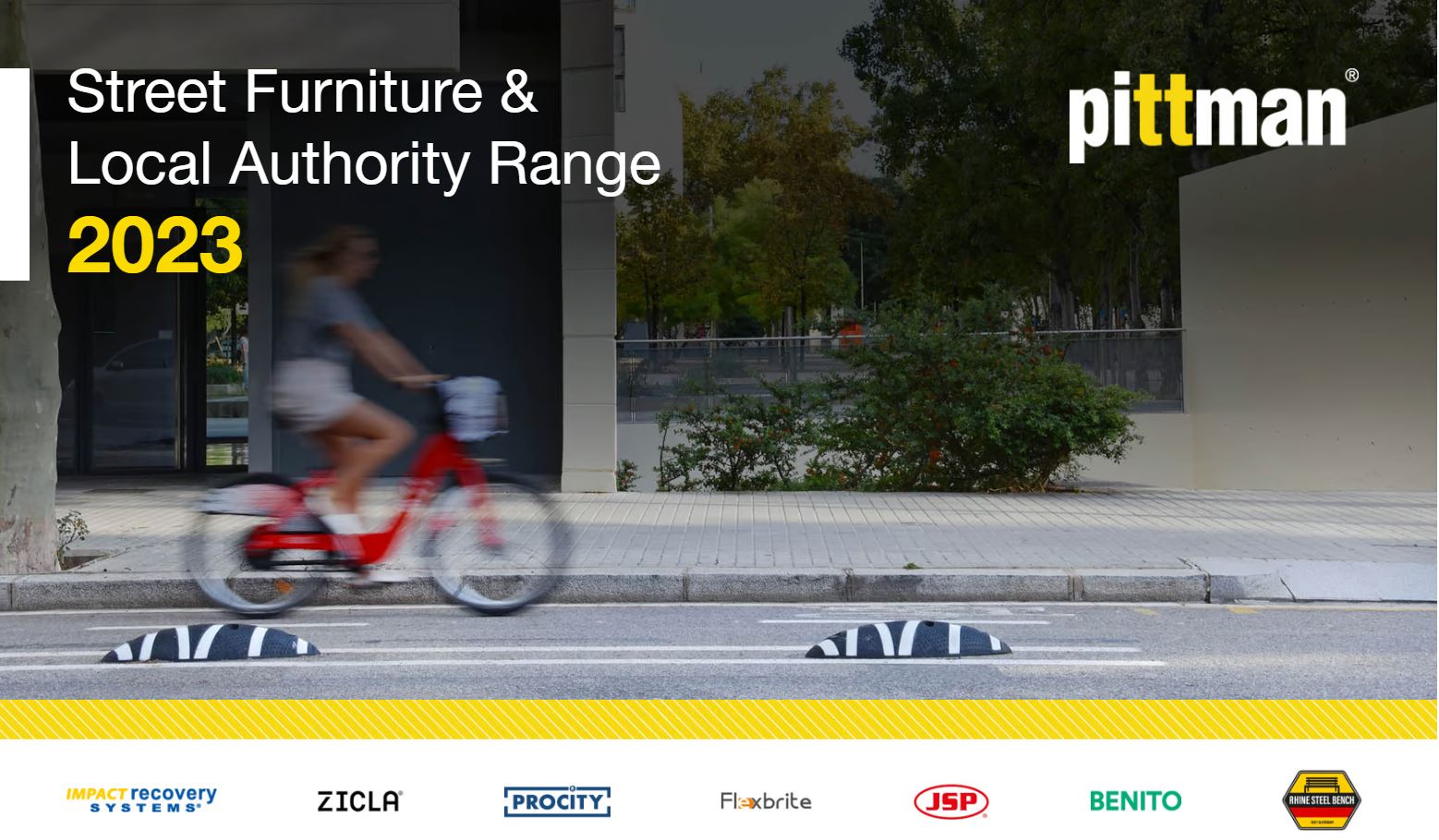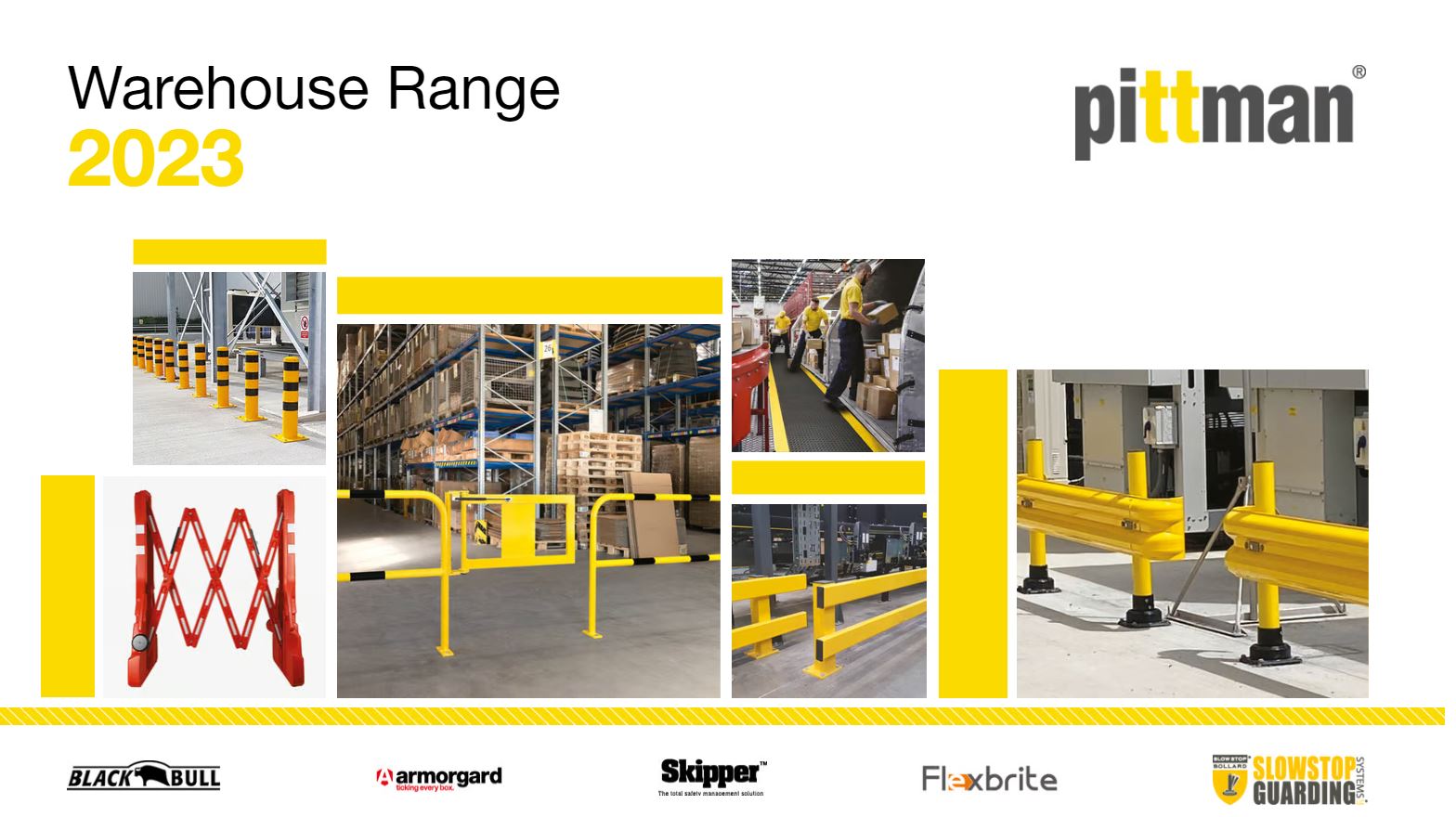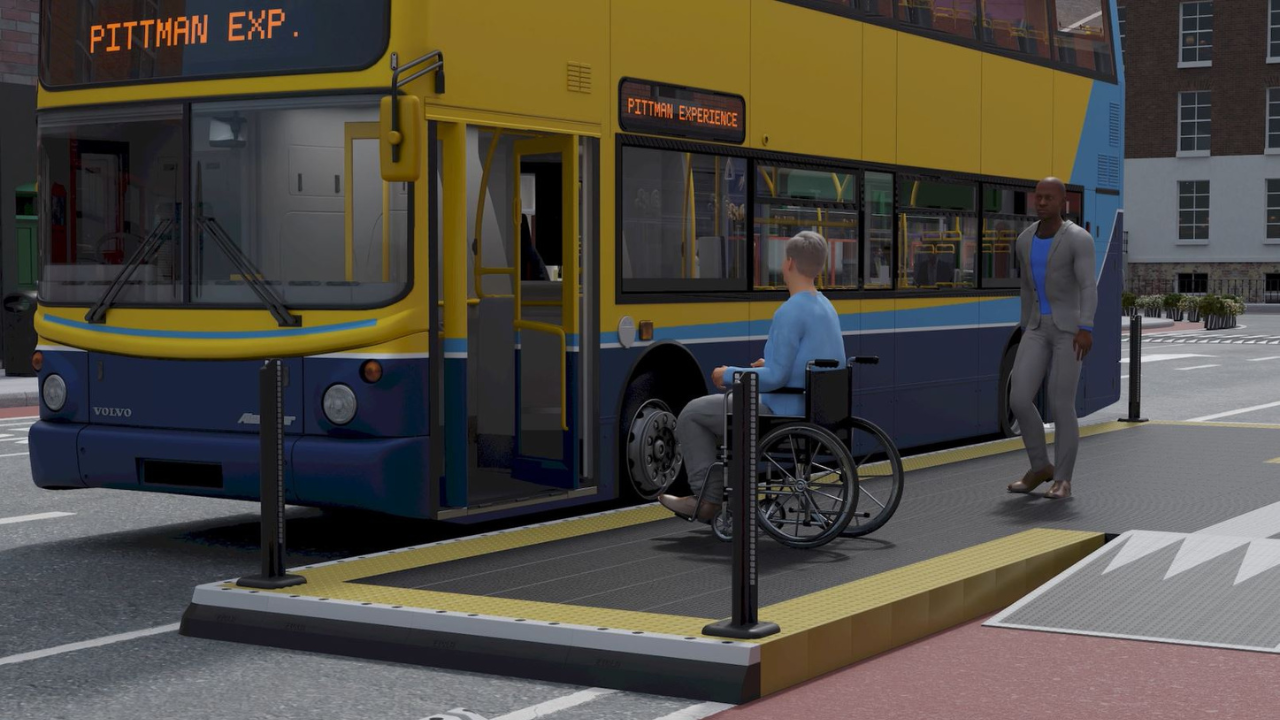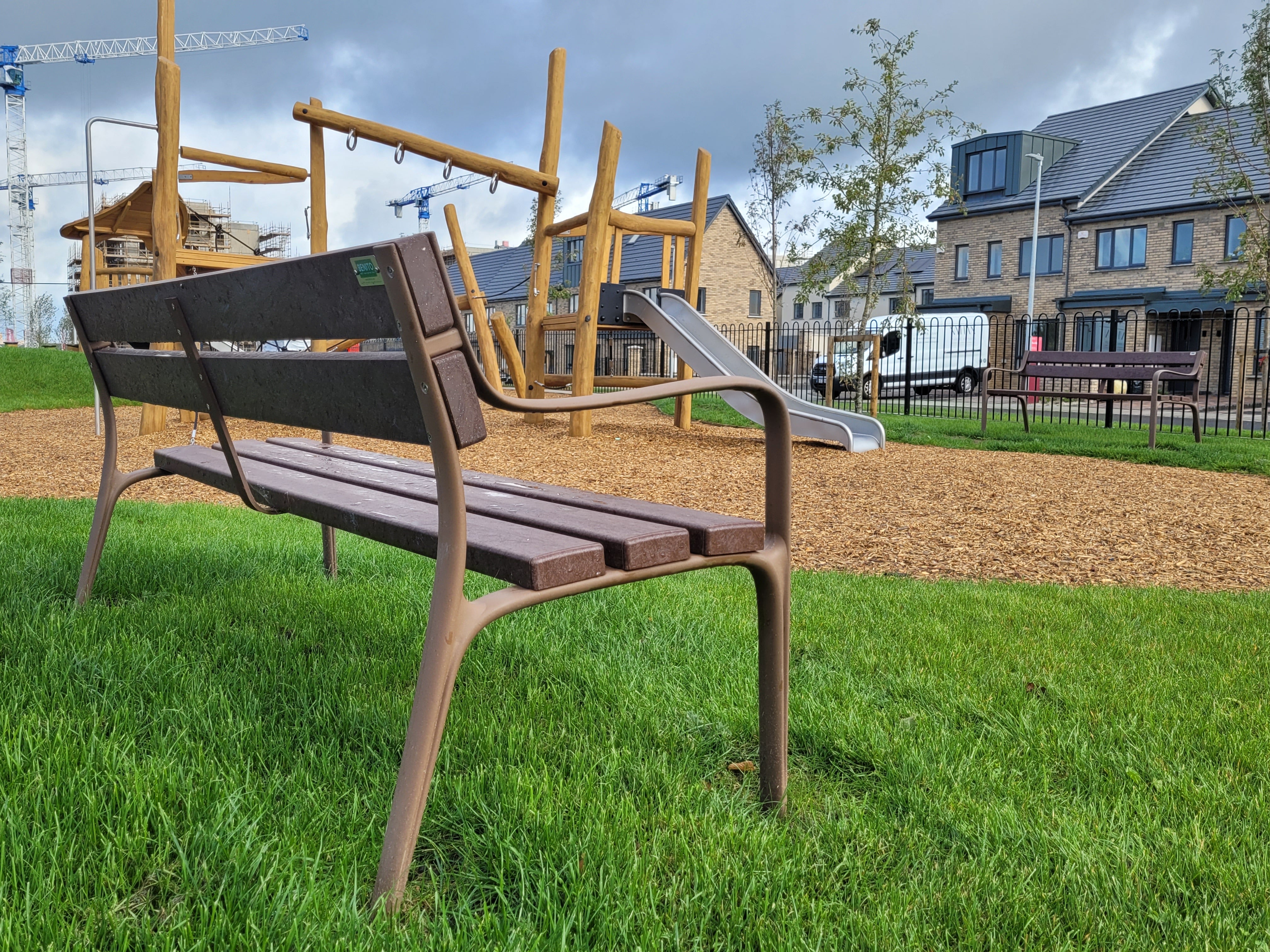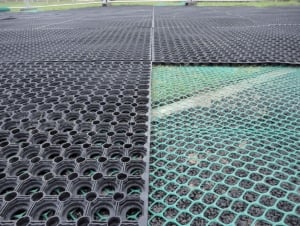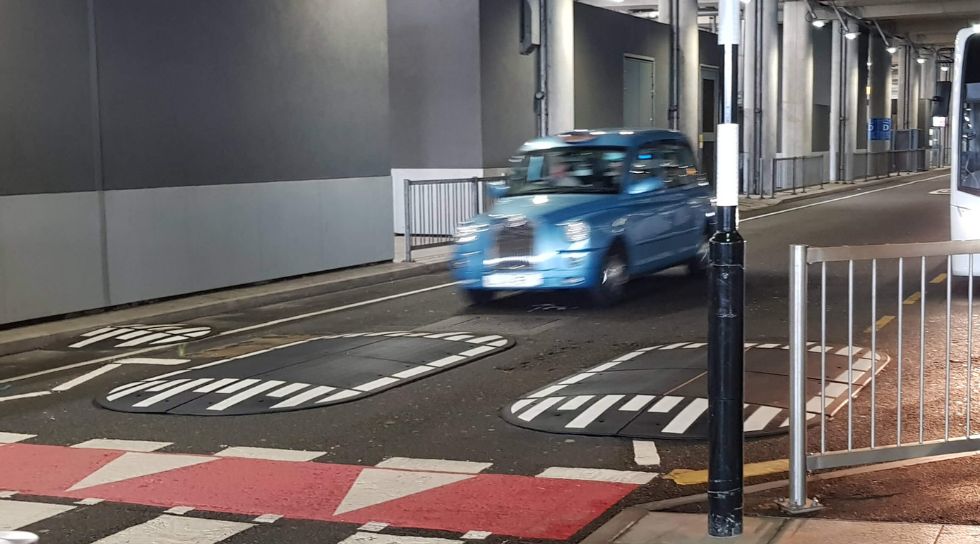
Speed bumps play a crucial role in traffic management and safety, particularly in areas requiring vehicles to slow down for the safety of pedestrians and other road users. Ensuring these traffic calming devices are correctly installed and maintained is vital for their effectiveness and longevity.
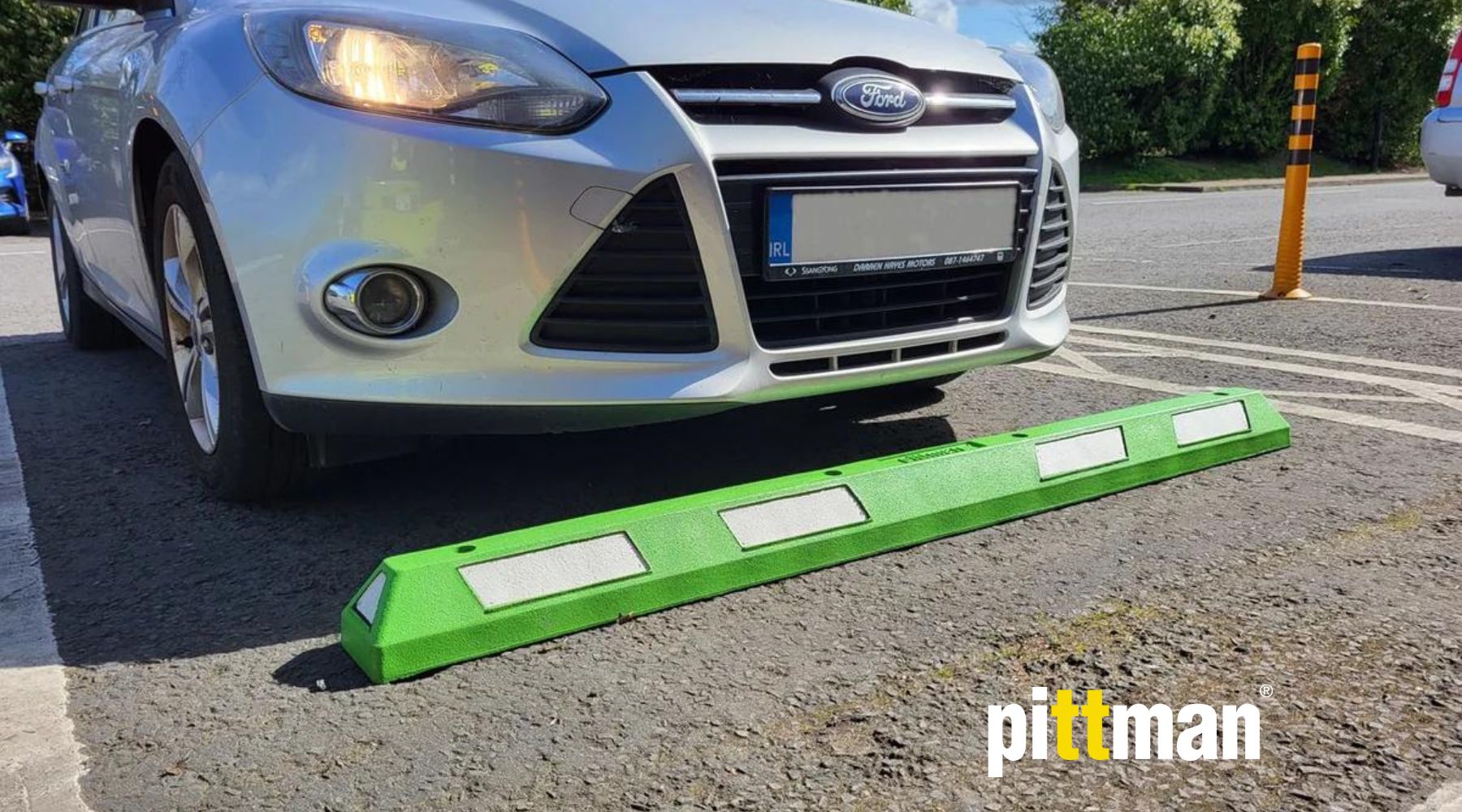
Sustainable parking managment has become a key consideration for businesses and local authorities across the UK. Where cheaper materials have been used in the past they have not always been the most environmentally friendly. Now, with a bigger emphasis on climate change across Britain, more sustainable parking management methods are required to fall in line with government climate action.





